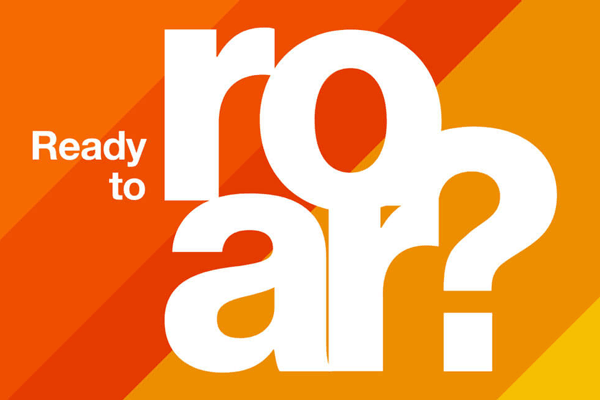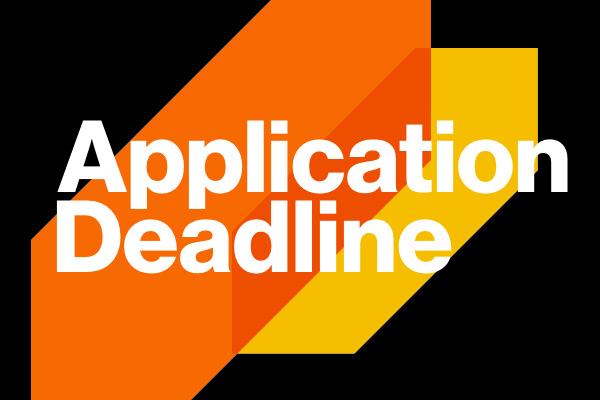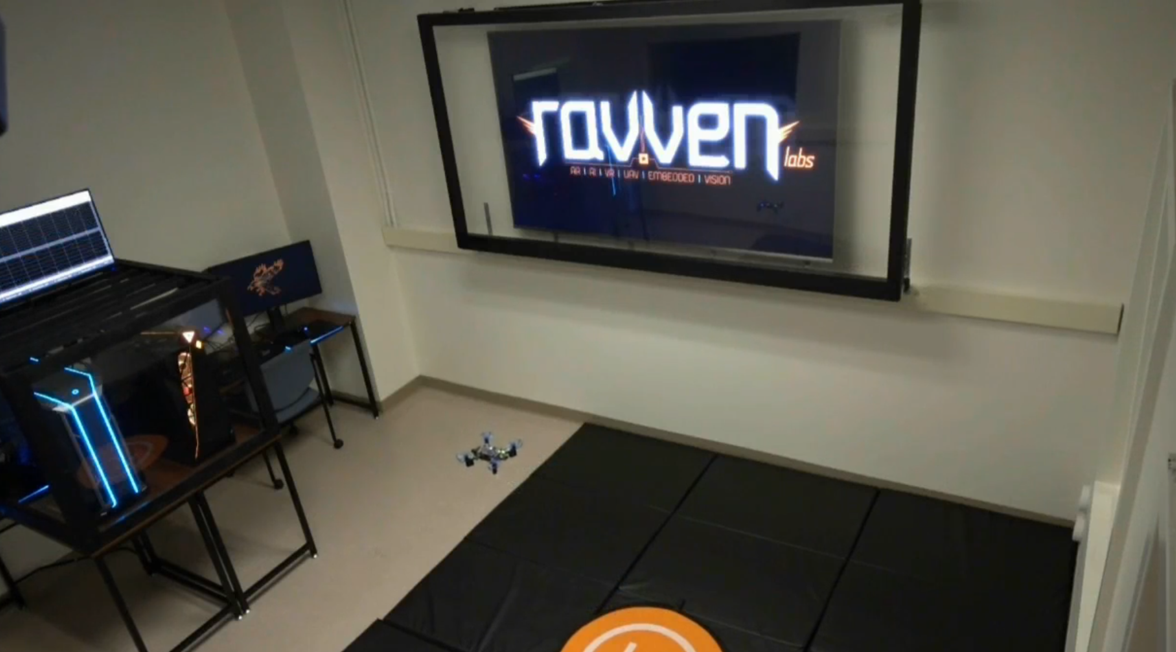Computer Engineering Technology Bachelor of Science Degree
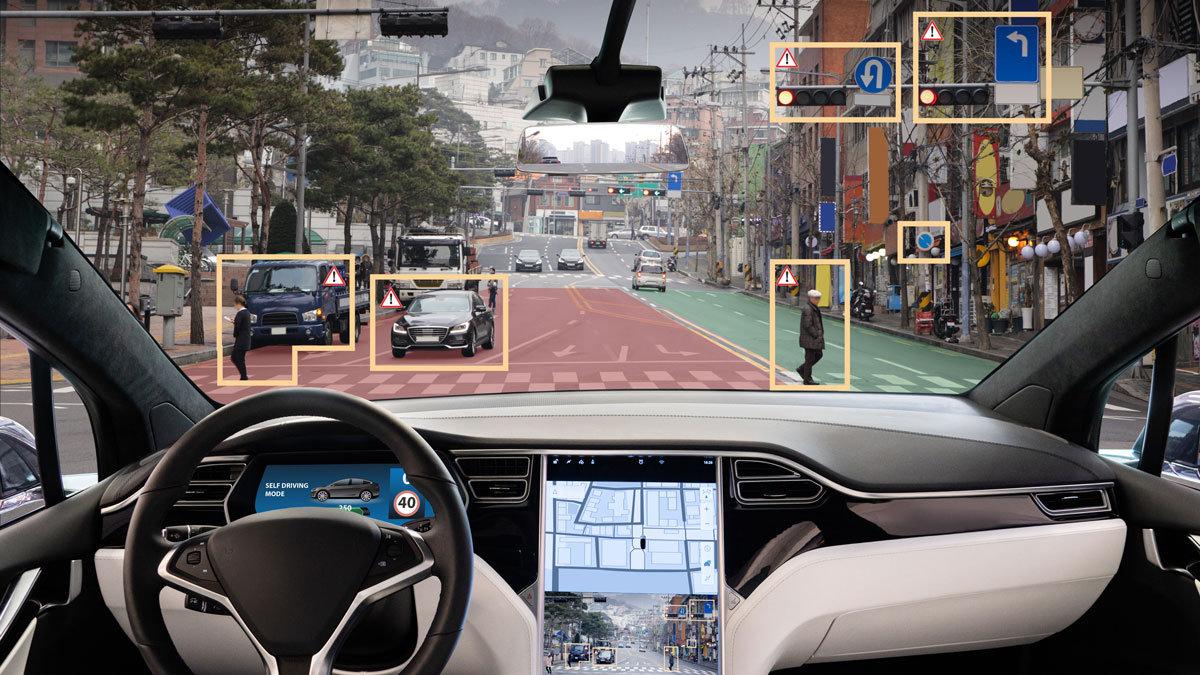
Computer Engineering Technology
Bachelor of Science Degree
- RIT /
- Rochester Institute of Technology /
- Academics /
- Computer Engineering Technology BS
RIT’s computer engineering technology BS is designed to meet industry’s ever-increasing need for engineers with an in-depth knowledge of hardware and software design.
$91.3K
Average First-Year Salary of RIT Graduates from this degree
100%
required courses in the College of Engineering Technology for this major have a lab component
Overview for Computer Engineering Technology BS
Why Pursue a Computer Engineering Technology BS at RIT
Gain Hands-On Experience: Four blocks of cooperative education mean nearly a year of hands-on, full-time, paid work experience in industry.
Choose Your Path: Choose from two professional options—audio or wireless communications.
Accelerated Degree Option: Earn two degrees in less time by pursuing your BS in computer engineering technology and your MS in computer science.
Strong Career Paths: Recent graduates are employed at Tesla, SpaceX, Lockheed Martin, L3Harris Technologies, Bose Corporation and more.
STEM-OPT Visa Eligible: The STEM Optional Practical Training (OPT) program allows full-time, on-campus international students on an F-1 student visa to stay and work in the U.S. for up to three years after graduation.
RIT’s Computer Engineering Technology Degree
The computer engineering technology major is designed to provide you with the skills to design embedded systems for a range of applications, such as:
- Medical diagnostic equipment
- Digital cameras
- Missile guidance systems
- Anti-lock brakes
- Autonomous vehicles
- Network routers
- Smartphones
- Small appliances
Computer engineering technology courses bridge the gap between hardware and software by providing a solid foundation in each and integrating them with intensive classroom and laboratory experiences.
From a software perspective, you will:
- Gain experience in cutting-edge development with programming languages currently used in industry
- Immerse yourself in industry standards for application software development
- Understand the process for creating development application code
- Master state-of-the-art problem-solving techniques
- Utilize embedded "C" real-time operating systems programming
The hardware focus is on digital systems design and development. From low-level gate design to high-end microprocessors, you’ll gain an architectural understanding of computer systems. The curriculum includes:
- In-depth design and analysis of combinational logic
- Sequential logic and state machines
- Micro-controller systems
- Microprocessor systems
You’ll perform FPGA development and design in a hardware description language using industry-standard computer-aided engineering tools.
Elective courses may be used to pursue a four-course option in audio or wireless communications, or you may use electives to specialize in a particular area of industry or pursue a personal interest.
A Hands-On, Capstone Experience in Computer Engineering Technology
In the final year of the computer engineering technology major, you’ll gain valuable hands-on experience through a two-course, two-semester capstone course. You will apply what you’ve learned throughout the program’s curriculum and on your co-ops to a team-based project. The experience includes product ideation, project/resource management techniques, and best practices; system-level specification, modeling, partition, and design; team collaboration and communication; documentation practices; industry-level coding practices; hardware and software co-design methodologies; design reuse and intellectual property creation; design verification and validation; and design sign-off. The experience models how project research, development, and design happen in industry. Past capstone projects have included the design and development of autonomous rovers and self-guided drones.
Furthering Your Education: Add a Master’s Degree and Advance Your Career Faster
RIT’s Combined Accelerated Bachelor’s/Master’s Degrees enable you to earn both a bachelor’s and a master’s degree in as little as five years, giving you a competitive advantage.
- Computer Engineering Technology BS/Computer Science MS:
- +1 MBA: Students who enroll in a qualifying undergraduate degree may add an MBA to their bachelor’s degree after their first year of study, depending on their program. Learn more about the +1 MBA.
-
Join Us for Accepted Student Open House
Visit campus on March 28 or April 11 to meet faculty, tour campus, and ask your questions.
-
Apply by January 15 for Fall 2026
Get your first-year application in and receive a decision by mid-March.
Careers and Cooperative Education
Typical Job Titles
| Software/Firmware Engineer | Control Systems Engineer | Design Engineer |
| Digital Design Engineer | Embedded Design Engineer | FPGA Designer |
| IoT Platform Developer | Laboratory Engineer | Software Engineer |
| Systems Engineer |
Industries
-
Advertising, PR, and Marketing
-
Aerospace
-
Computer Networking
-
Defense
-
Electronic and Computer Hardware
-
Internet and Software
-
Pharmaceuticals
Cooperative Education
What’s different about an RIT education? It’s the career experience you gain by completing cooperative education and internships with top companies in every single industry. You’ll earn more than a degree. You’ll gain real-world career experience that sets you apart. It’s exposure–early and often–to a variety of professional work environments, career paths, and industries.
Co-ops and internships take your knowledge and turn it into know-how. Your engineering co-ops will provide hands-on experience that enables you to apply your engineering knowledge in professional settings while you make valuable connections between classwork and real-world applications.
Students in the computer engineering technology degree are required to complete four co-op blocks. This typically includes one spring, one fall, and two summer blocks. You’ll alternate periods of full-time study on campus with full-time paid work experience in your career field.
Featured Work and Profiles
-
Next-Gen Hearing: Assistant Professor is Training AI to Power Personalized Audio
Hwan Shim CET Assistant Professor Hwan Shim is building the next generation of personalized audio. Shim was recently awarded nearly $750,000 in NIH funding to develop technology that trains AI and machine...
Read More about Next-Gen Hearing: Assistant Professor is Training AI to Power Personalized Audio -
Students and faculty deploy creative construction for a good cause
A multidisciplinary team of students, including computer engineering technology student John Schulz, and faculty continued an RIT tradition of participating in Canstruction Rochester by making an...
Read More about Students and faculty deploy creative construction for a good cause -
Student-Professor Duo's Cutting-Edge Prosthetic Sensor Research
Leila Daly, a fifth-year computer engineering technology student, is working with assistant professor, Krittika Goyal, to develop a sensor system for a more touch-responsive prosthetic finger that’s...
Read More about Student-Professor Duo's Cutting-Edge Prosthetic Sensor Research -
Lighting the Way: Alum's Journey from RIT to Industry Leader
Jason Baright ’10, founder of G&G Industrial Lighting, powers major projects like the Holland Tunnel and SpaceX with innovative LED solutions.
Read More about Lighting the Way: Alum's Journey from RIT to Industry Leader -
Professor Leads Team to Recreate Historic Chapel Acoustics
Sungyoung Kim Associate Professor Sungyoung Kim and his students have successfully captured and digitally reconstructed the unique acoustics of RIT's Allen Chapel, bringing its endangered aural heritage to life in...
Read More about Professor Leads Team to Recreate Historic Chapel Acoustics
Curriculum for 2025-2026 for Computer Engineering Technology BS
Current Students: See Curriculum Requirements
Admissions and Financial Aid
This program is STEM designated when studying on campus and full time.
First-Year Admission
First-year applicants are expected to demonstrate a strong academic background that includes:
- 4 years of English
- 3 years of social studies and/or history
- 3 years of math is required and must include algebra, geometry, and algebra 2/trigonometry. Pre-calculus is preferred.
- 2-3 years of science. Chemistry or physics is required and biology is recommended.
- Technology electives are preferred.
Transfer Admission
Transfer applicants should meet these minimum degree-specific requirements:
- A minimum of college algebra is required. Pre-calculus or calculus is preferred.
- Chemistry or physics is required.
Financial Aid and Scholarships
100% of all incoming first-year and transfer students receive aid.
RIT’s personalized and comprehensive financial aid program includes scholarships, grants, loans, and campus employment programs. When all these are put to work, your actual cost may be much lower than the published estimated cost of attendance.
Learn more about financial aid and scholarships
Accreditation
Resources
Access Resources for students including academic advisors, student clubs and organizations, documents, technical information and support, and software help.
Related News
-
October 21, 2025

RIT faculty and students win Best Original Design at international charity competition
A multidisciplinary team of students and faculty continued an RIT tradition of participating in Canstruction Rochester by making EVE from WALL-E out of more than 2,400 canned goods.
-
August 1, 2025

RIT undergraduates share the impacts of their research
At the Undergraduate Research Symposium, RIT students share research in artificial intelligence, sustainability, health sciences, and other areas that is helping to solve global challenges.
-
July 3, 2025
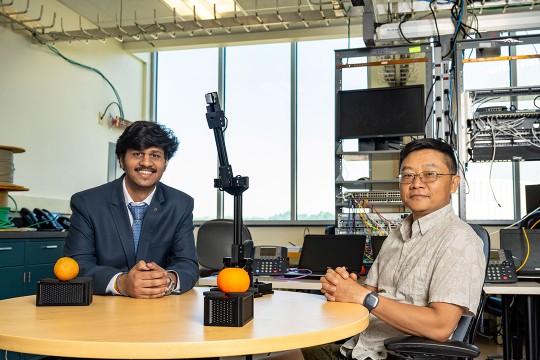
Visiting student joins RIT robotics lab and gets ‘dream’ experience
Aayush Kulkarni is participating in the International Visiting Research Student Program through RIT Global, which offers students from around the world the opportunity to collaborate with distinguished faculty-researchers from RIT.
Contact
- Martin K. Anselm
- Interim Department Chair
- Dean’s Office
- College of Engineering Technology
- 585‑475‑2005
- mkamet@rit.edu
Department of Electrical and Computer Engineering Technology










